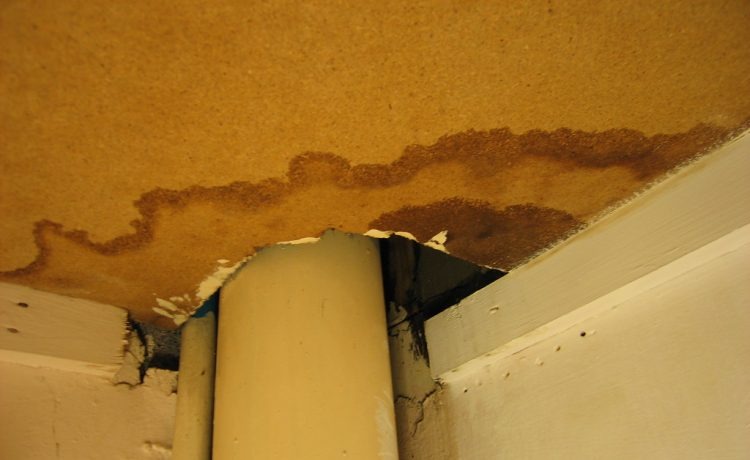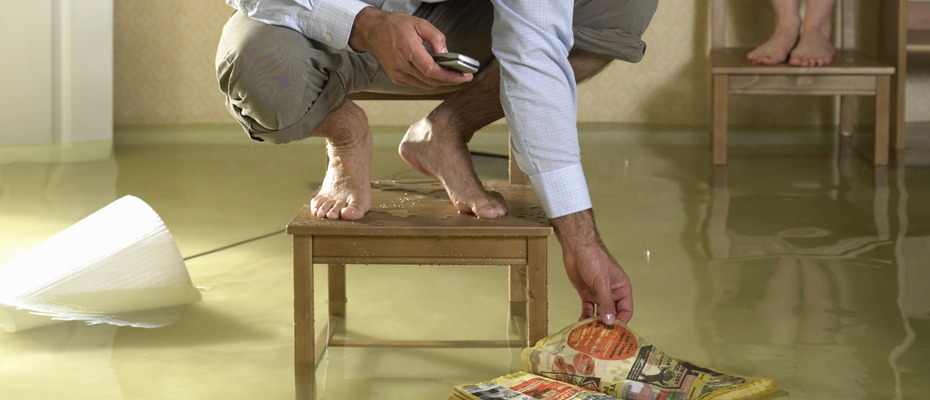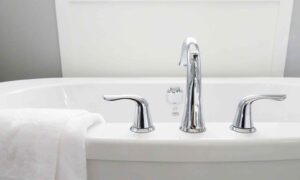Although water is an essential element in life, it can also be disastrous. Water from burst sewer lines, leaking pipes, or natural disasters like floods may largely destroy your property to a point of lending you homeless.
To be on the safe side, always inspect your home’s pipes, drywall, wood, framing, plaster, appliances, electric wiring among others. These are the key areas that can help you detect water leakage.
It is also essential to identify potential problems and prevent further damages. Home water damage repairs can cost you a fortune if neglected. Most people prefer hiring professionals to do the repairs in case the damages happen.
You can also visit Lightning Water Damage for more information. With that said, here are a few water damage restoration tips you need to keep in mind.
What to consider before water damage restoration?
Before taking any restoration measures, always evaluate the situation based on the following factors:
- Water volume
The volume of water in the premises may help you determine the seriousness of the damage. If only a small portion of your house has water, you can typically do the draining and repairs yourself as longs as you have the tools needed.
Nevertheless, you may consider calling an expert if you experience a large pool of water. Natural disasters or floods may cause significant damage to your home in ways that a DIY project can’t handle. Make sure to engage your local disaster relief authorities and let the experts do the rest.

- Source of damage
Before you begin your repair process, you need to establish the source of the water. The three main types of water that you may come across when you experience water leakage in your home include gray water, clean water, and black water.
Gray water is water from a leaking toilet, washing machine, or dishwasher. This water is slightly contaminated hence the gray color. Clean water, on the other hand, could be from a leaking pipe or rainwater.
This water is safe and you can manage to clear it yourself. Blackwater comes from a broken sewer or a flooded river within your locality. This water contains hazardous chemicals and should only be handled by professionals.
- Damage level
You will need to evaluate the size of damage incurred to your property. Small damages are easier to handle and do not require the help of an expert.
Nevertheless, if the water is from a broken sewer or has caused severe damage to your home, you should not try any DYI projects. Such projects could be dangerous and you might end up hurting yourself in the process.
For example, if the flooded water has permanently destroyed your walls and ceiling, the damage is too risky to handle yourself. See this link to learn more about how you can prevent water damage https://www.thespruce.com/how-to-prevent-water-damage-4178450
Damage Restoration Tips for Your Home
Now that you know what t look for before commencing the repair process, here are some useful tips you should consider;
- Disconnect outlets
Cutting off the source of the flooded water is the first thing you do when you discover water damage. Next, you should switch off all electric outlets and gas lines. While pure water is a bad conductor of electricity, impurities and other irons dissolved in dirty water may create a closed circuit and cause electrocution. Take caution as you wade through the water.

- Inspect for Serious Mold
The mold build-up is a major sign of probable water leakage. You will start noticing mold stains on the floors or walls a few days of moisture leakage.
Likewise, this parasite can be very toxic especially to those with respiratory problems. This is why you should eliminate the affected area immediately to prevent it from spreading. If the infestation is greater than you can handle, involve a mold specialist to do the job.
- Dry out water
Drying out excess water from the affected area may help prevent further damages. For a smaller area, you can use mops to drain the liquid or a heated fan to speed up liquid evaporation.
For a larger area, a high-capacity humidifier would do. It would also be a quicker option for drying up wood, furniture, or carpet. After all, your goal is to ensure everything is free of moisture.
- Remove damaged material
Porous materials like drywall, fabric, carpet, and unsealed cement are easily damaged by excess liquid.
You will need to discard them and replace them with new ones to prevent mold and mildew. If you don’t wish to throw away all your valuables, you may isolate them and dry them out to eliminate moisture.
However, porous materials like drywall will shrink and warp immediately they are exposed to too much moisture and cannot be salvaged.
- Disinfect remaining materials
As mentioned, black and gray water may contain harmful chemicals and bacteria and may cause disease outbreaks.
Clean water may also encourage mildew infestation when left in an area for long. So, you should ensure the place is well sanitized including the floors, furniture, carpets, walls, and ceiling.
Also, before replacing the damaged materials ensure to clean the area with bleach so that the mold spores don’t grow back.
- Caulk and paint
After replacing the damaged materials, you can re-paint the surfaces to match the previous look. Also, ensure to seal and caulk every unnecessary opening as well. Not only does this give your home a new look, but also minimizes future water damage problems. Click here to read more.

Conclusion
Imagine waking up to a flooded house! It can be stressful right. In this article, we have aligned some useful tips that help you salvage your property in case this happens. For instance, if the water leakage is from a broken pipe, we recommend disconnecting the entire system as quickly as possible. This will stop the water from leaking and prevent further damages. It is also crucial to turn the electricity off. You risk getting electrocuted by an exposed electrical wire in the flooded water. Once you have taken this measure, it’s time to contact a professional to access and repair possible damages. Don’t wait for too long to get the repairs done to prevent mold build-up.








